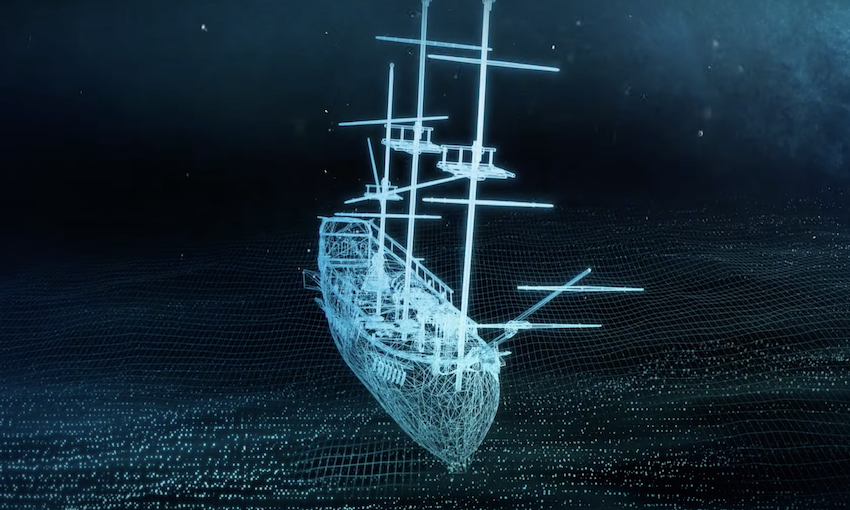THE shipwreck of the HMB Endeavour may have been positively identified after 22 years of searching, but some maritime archaeologists have denounced the confirmation.
The Australian National Maritime Museum has worked in collaboration with the Rhode Island Marine Archaeology Project on the research.
His Majesty’s Bark Endeavour is the infamous ship of Captain James Cook, which sailed around the South Pacific before reaching Australia in 1770.
Historical evidence suggests the ship was deliberately sunk by the British in 1778 off the coast of Newport Harbour, Rhode Island.
Though only around 15% of the vessel remains, the dimensions of the wreck match those of the Endeavour, leading Australian National Maritime Museum CEO Kevin Sumption to confirm the ship had been found.
“I am satisfied that this is the final resting place of one of the most important and contentious vessels in Australia’s maritime history,” he said.
“Since 1999, we have been investigating several 18th century shipwrecks in a two square mile area where we believed that Endeavour sank, however, the last pieces of the puzzle had to be confirmed before I felt able to make this call.
“Based on archival and archaeological evidence, I’m convinced it’s the Endeavour.”
Mr Sumption said the museum is working closely with maritime experts in Rhode Island to secure the site, as well as with Australian and US governments.
He noted the combined efforts which led to the identification of the wreck.
“We pay tribute to the work of Dr Kathy Abbass and her team at the Rhode Island Marine Archaeology Project for their ongoing commitment to the site and its history,” he said.
However, in a statement denouncing ANMM’s claims, RIMAP executive director Dr Abbass said the discovery may not be all it seems.
“The Australian National Maritime Museum report that the Endeavour has been identified is premature,” she said.
“The ANMM announcement today is a breach of the contract between RIMAP and the ANMM for the conduct of this research and how its results are to be shared with the public.
Dr Abbass said the shipwreck site under study is consistent with what might be expected of the Endeavour, but there has been no indisputable data found to prove the site is that of the iconic vessel.
She said there are many unanswered questions which could overturn such an identification.
“Meanwhile, RIMAP recognises the connection between Australian citizens of British descent and the Endeavour, but RIMAP’s conclusions will be driven by proper scientific process and not Australian emotions or politics.”
As archaeological work continues, Mr Sumption said the ANMM is anticipating further discussion of the evidence.
“We are currently in the process of finalising our report on the site and are looking forward to that report being peer reviewed and published in due course,” Mr Sumption said.
“When the study is done, RIMAP will post the legitimate report on its website,” Dr Abbass said.

